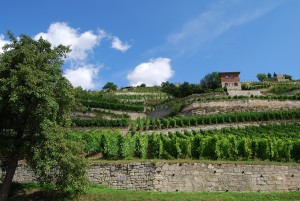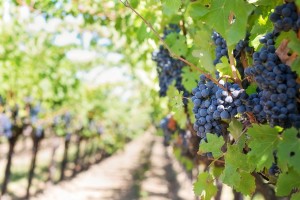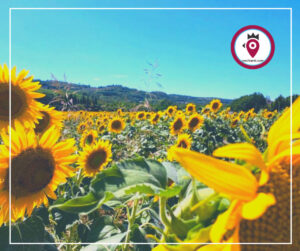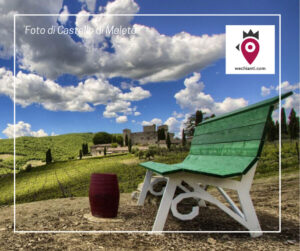Articolo disponibile anche in: Italian
The Tuscan landscape, including the agricultural, is not a static entity, but is strictly connected to the life of the economy of the Community.
It must be protected and assisted in an evolution which bears in mind its history, characteristics and the strict connection between environment and development which exists in Tuscany.
Terraced systems are a characteristic element of the Tuscan agricultural landscape and an important factor in the control of hydrogeological risk.
This was the focus of a convention which took place on Thursday, March 16, in the Tuscan regional Council Auditorium and focused on the innovative importance of the new regional norms regarding the landscape and protection of these unique systems.

“The Tuscan Pit, which tutors the plan for the landscape, has reached a turning point,” explained the regional assessor for city planning, Vicenzo Ceccarelli, “by going beyond the concept of protecting the landscape as a simple application of constraints. The landscape was put at the center of regional programming, underlining its fundamental role for economy and the image of the Tuscan brand in the world. We must overcome the concept of protecting only museums and look ahead to the idea of good development and good transformation”.
“The terracing system in Tuscany,” added the assessor, “represents a distinct characteristic of our territory which has deep historic roots and has to be strongly protected, also because in many cases, especially in the interior, the state of conservation today is precarious, and we are seeing phenomena of the return of the timberline. I think that it is essential for their recuperation to face the depopulation of rural areas and give incentives to new interest in agriculture by young people and to recognize farm activities as essential and multi functional”.
“In Tuscany”, underlined the assessor for agriculture, Marco Remaschi,” there are or 9000 km of existing terracing, distributed over the provinces in different contexts, which demonstrate once again how agriculture in Tuscany exists not only in function of the quality of its products but of the landscape in which they are cultivated. It is a landscape which is strongly anthropized and interconnected with the development of activity connected to the land. These terraces not only allow us to maintain agricultural activity in many hilly and mountainous areas, but play a decisive role in the reduction of hydrogeological risk and contribute to the unique shape of our landscape, sustaining the value and competitiveness of our agriculture and stimulating rural tourism”.

What can we do to concretely maintain these systems? “For a large part of Tuscan agriculture,” concludes Remaschi, “the traditional ‘industrial’ model, according to which you must lower costs and increase unitary yields to see results, doesn’t function. Those who work in the hilly and mountainous zones, often in terraced areas, well know that the costs of production are higher and the unitary yield lower in respect to areas characterized by large extensions of land. What makes our agriculture unique and competitive, is the high quality of the associated products and the high quality of the landscape. This identification between the product and unique quality of the landscape in which it was cultivated is an unmistakable characteristic, the image of our agricultural production. This must be declared and promoted at all possible levels”.


